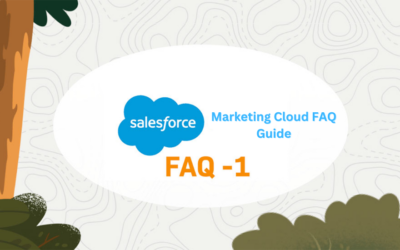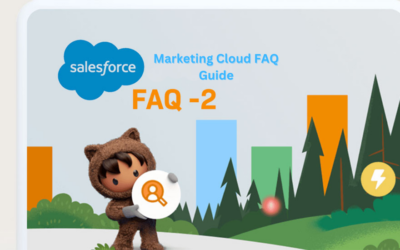In today’s rapidly evolving business landscape, the alignment of Sales and Marketing teams is paramount to driving growth, enhancing customer experiences, and achieving long-term business success. However, many organizations grapple with the challenge of bridging the gap between Sales and Marketing teams, which can lead to missed opportunities, miscommunication, and a fragmented customer journey. To overcome these hurdles and foster collaboration, organizations need to implement effective strategies that promote alignment, shared goals, and seamless coordination between sales and marketing teams.
Understanding the Sales and Marketing Divide:
Sales and marketing teams often operate in silos, each with its own distinct goals, metrics, and perspectives. Marketing teams focus on lead generation, brand building, and nurturing prospects, while sales teams concentrate on closing deals and driving revenue. This inherent divide can create friction and hinder collaboration. However, by developing a deeper understanding of each team’s priorities and challenges, organizations can bridge the gap and forge a more productive working relationship.
Strategies for Aligning Sales and Marketing Teams:
- Define Shared Goals and Metrics: To align sales and marketing efforts, it is essential to establish shared goals and metrics that drive collective success. Collaboratively define key performance indicators (KPIs) such as revenue targets, lead quality, customer acquisition costs, and customer lifetime value. By setting common objectives, teams will work in synergy towards achieving shared outcomes. This alignment ensures that both teams are focused on activities that contribute to the organization’s overall growth.
- Leverage Technology for Alignment: Technology plays a pivotal role in aligning sales and marketing teams. Implementing a robust Customer Relationship Management (CRM) system, such as Salesforce, can provide a centralized platform for both teams to track customer interactions, monitor campaign performance, and share valuable insights. This shared visibility allows sales and marketing teams to align their efforts based on data-driven insights. Additionally, marketing automation tools can streamline processes, automate repetitive tasks, and enable targeted communication, further enhancing alignment between the two teams.
- Create a Culture of Feedback and Collaboration: Creating a culture that encourages regular feedback, collaboration, and mutual respect between sales and marketing teams is essential. Establish mechanisms for collecting feedback, such as surveys or regular check-ins, to ensure that both teams have the opportunity to provide input and share their perspectives. Encourage joint problem-solving sessions and brainstorming activities to foster innovation and cross-pollination of ideas. Celebrate joint successes and recognize the collaborative efforts that contribute to achieving business objectives.
- Foster Open Communication Channels: Effective communication is the cornerstone of any successful partnership. To align sales and marketing teams, it is crucial to encourage regular and open channels of communication. Establish cross-functional meetings, both formal and informal, to facilitate knowledge sharing, discuss strategies, and address challenges. Encourage team members to actively listen, understand each other’s perspectives, and provide constructive feedback. This open dialogue can lead to improved collaboration, alignment, and ultimately, better business outcomes.
- Develop a Service Level Agreement (SLA): A Service Level Agreement (SLA) acts as a formal contract between sales and marketing teams, outlining expectations, responsibilities, and deliverables. The SLA defines processes for lead handover, lead scoring criteria, follow-up procedures, and other critical touchpoints. It ensures clear communication, accountability, and transparency between the teams. By establishing an SLA, both sales and marketing teams have a clear understanding of their roles and how they can support each other throughout the customer journey.
- Encourage Cross-Departmental Training and Education: Promoting cross-training and educational initiatives can enable sales and marketing teams to gain insights into each other’s roles, challenges, and perspectives. This fosters empathy, understanding, and collaboration. Arrange joint workshops, shadowing opportunities, or lunch-and-learn sessions to facilitate knowledge exchange. By fostering a culture of learning and development, organizations can nurture a shared mindset and create opportunities for cross-functional collaboration.
Bridging the gap between sales and marketing teams is a strategic imperative for organizations seeking sustained growth, enhanced customer experiences, and business success. By fostering open communication channels, defining shared goals and metrics, developing SLAs, encouraging cross-departmental training, leveraging technology, and fostering a culture of feedback and collaboration, organizations can align sales and marketing teams for maximum effectiveness.
CRM Force understands the significance of aligned teams and can help you find CRM and marketing leadership talent that embodies these values. We will support your organization in building a unified, customer-centric approach to drive business growth. Contact CRM Force today.





